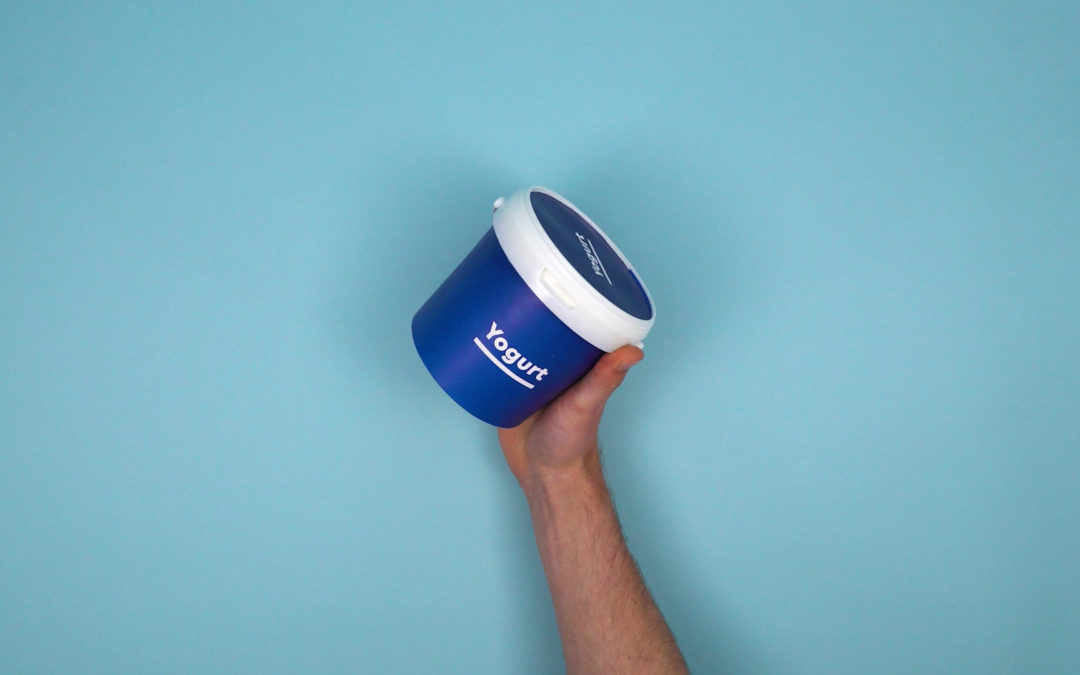Recycling is very big business. All plastics are recyclable in theory. In practice, it only pays to recycle some types of plastics. Rigid plastics.
The prices paid for rigid plastics are by weight. International re-processors pay for a clean, uncontaminated product. We contaminate an estimated 40% of our plastics in Ireland, which is below the EU average.
Soft plastics, like cling film, are a different story. Soft plastics go into your non-recycling bin. Soft plastics don’t pay to recycle. You need an awful lot of clean, uncontaminated cling film before the economics make sense. So into the non-recycling bin the soft plastics go.
If you are reading this thinking ‘I don’t want to help make some foreign company rich’, consider the alternative. Without the global recycling industry, those plastics would clog our landfills faster. We would have to build recycling facilities. By recycling well, and for a profit, these firms are helping save the environment. By helping them, we help ourselves. The point of Leonard E. Read’s story of I, Pencil is to show how we are all interconnected. These interconnections define the shape of our economy.
Don’t put soiled soft plastics in with your rigid plastics. You could undo all the good work you, and your neighbours have done with the rest of your recycling.
Technology changes. Markets change. In the future soft plastics might get recycled the way we recycle rigid plastics. But for now, we separate them.
Leonard E. Read wanted us to understand what a vast undertaking producing a single pencil was. Today’s circular products need production and reproduction across the global economy. This is a vast and complex re-combination of miracles. The more we recycle by separating rigid and soft plastics, the better off we’ll all be.
Dr Stephen Kinsella

